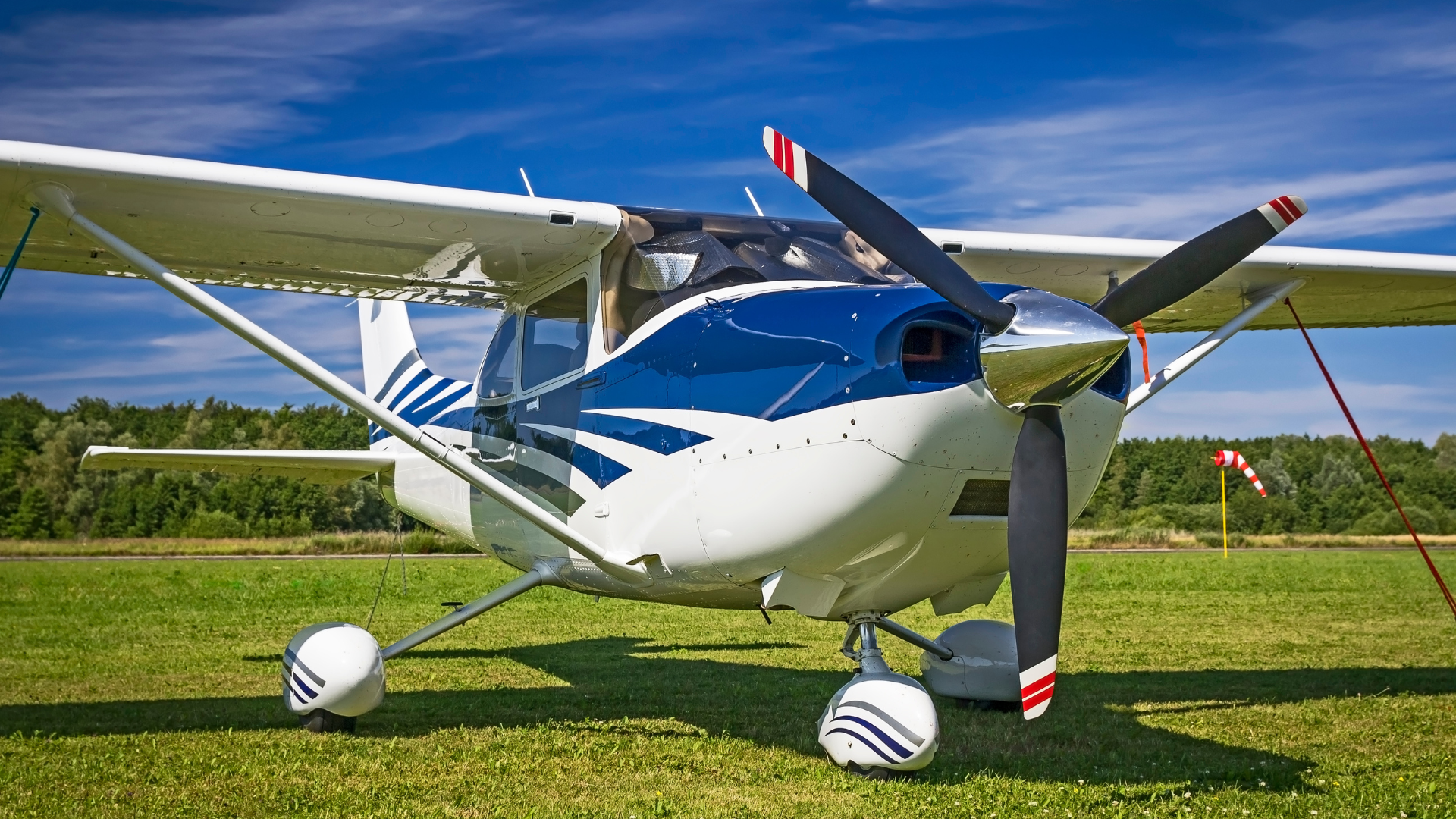The UK Civil Aviation Authority’s General Aviation (GA) Unit has continued to follow its remit of regulating only when necessary and deliver on top-level principles for better GA regulation.

Michael MacDonald, Co-Head of the CAA’s General Aviation & RPAS Unit said:
“The third quarter of the year sees the peak of the GA flying season, and the Unit has been particularly busy with oversight activity, community engagement and progressing several important projects.
“We have recently released new guidance on paramotoring in the form of The Paramotor Code, which is a guide on safety considerations and best practice.
“In July we launched a Summer Safety campaign, which covered many different topics important to GA pilots such as loss of control and radio telephony.
“Our work on active carbon monoxide detectors also continues and the report on our 12-month study has been released.”
Achievements over the third quarter (July to September) in 2023 include:
- Publishing new guidance for paramotor and powered hang glider pilots called The Paramotor Code. This is intended for paramotor pilots as a guide to safe practice and includes details on aviation regulations.
- The GA Carbon Monoxide 12-month study report was released. This report presents the findings from a 12-month study investigating how low-cost, commercial off-the-shelf, carbon monoxide (CO) detectors with attention-getting capabilities performed in a variety of general aviation (GA) aircraft and operating conditions. The findings of this study has prompted SN-2020/003: Carbon Monoxide Contamination Minimisation & Detection in General Aviation Aircraft to be updated.
The team engaged with our GA stakeholders and pilots, either in person or virtually:
- Attended the LAA Grass Roots Fly-In at Popham where there was a presentation on the airspace infringement process and the GA unit was available to speak to stakeholders and the wider community on safety topics such as active carbon monoxide detectors.
- Mid-season flying display update was released which is designed to assist all those involved in delivering or participating in display activity, by providing feedback and updates on the flying display season and associated activity.
- Launch of a short survey post the flying display season to support the air display community on matters affecting safety.
GA community resources and materials shared to support the UK GA flying community to operate safely include:
- The latest publication of the new Safety Sense Leaflets: Aerobatics in Light Aircraft and Radiotelephonywere shared. This forms part of the popular General Aviation (GA) Safety Sense Leaflets series which the UK Civil Aviation Authority is currently updating.
- A series of podcasts have been released over this period. In How Local Airspace Infringement Teams work it discusses the team’s work to help reduce infringements. The podcast spoke with Dave Boxall from Cameron Balloons on their BMX park in the sky with Red Bull. In the latest GA podcast, there is a summer flying season update on cost sharing, the Safety Sense Leaflet project and good flight planning. It also discusses the latest on the active carbon monoxide detector project.
- Launched a Summer Safety Campaign in response to accidents over the season which focused on topics such as Loss of Control, Arrival/Departure phase of flight and runway excursions and Radio Telephony.
- The work on active carbon monoxide detectors continues with the release of our latest safety animation which highlights guidance for pilots on flying with an active carbon monoxide detector on board general aviation aircraft.
Astral Aviation Consulting (AAC), a third-party supplier, is providing support on GA Safety promotions. Activities over this past quarter include:
- Workshop: General aviation technology
- Workshop: Transiting controlled airspace
Registration is now open for the next workshop on winter weather.
Astral continues to share useful GA safety information on its website, Facebook page, and Instagram.
Notes to Editors
- The UK Civil Aviation Authority is the UK’s aviation regulator. We work so that the aviation industry meets the highest safety standards and consumers have choice, value for money, are protected and treated fairly when they fly.
- Further information and resources for the GA community are available on our website at General aviation | Civil Aviation Authority (caa.co.uk)
- You can contact the CAA’s GA team at ga@caa.co.uk
News from UK Civil Aviation Authority
- Experts appointed by regulator to strengthen economic regulation and support growth
- UK Civil Aviation Authority and Ministry of Defence join forces to build pathway into civil aviation for military personnel
- Regulator’s accessibility assistance report highlights progress made by most UK airports but finds three airports need improvement

